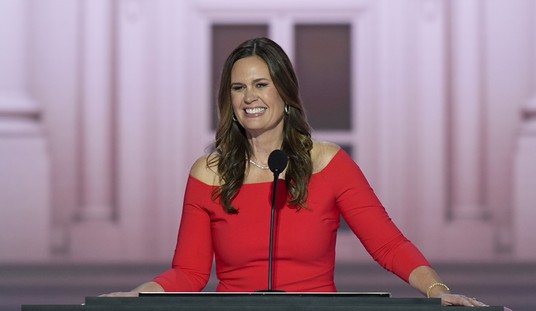If you haven’t seen the news, Wizards of the Coast, the people responsible for the popular card game “Magic: The Gathering” delved into J.R.R Tolkien’s Middle-Earth to create “Lord of the Rings” cards for the game. Because it’s current year and Wizards is a pretty woke company, they race-swapped Aragorn the King of Gondor, and the race of men.
According to Wizards, Aragorn is now black.
This is, of course, nonsense. Tolkien did not write Aragorn as black and was specific about the way he looked because his lineage demanded his aesthetics looked a certain way for the story. However, social justice demands obedience even if that obedience requires disrespect towards the thing you’re working with. So Aragorn is black in “Magic: The Gathering.”
arwen with aragorn for a card in the new lord of the rings themed magic the gathering set pic.twitter.com/jRT8JzGXfw
— daily arwen 💭 (@arwenarchive) March 15, 2023
Naturally, a war ensued online over the unnecessary and clearly politically driven race swap. While not all race swaps are politically driven, most definitely are. This is, beyond a doubt, one of them. Tolkien fans and/or people just sick of modernity’s attempts to stir up controversy to feed the social justice narrative that the country is infested with racists called out the race swap for what it was. Like clockwork, they were immediately accused of racism.
(READ: What’s Behind the Modern Obsession With Race Swapping?)
The thing about these accusations of racism against people who clearly aren’t racist is that it’s only sellable because underneath these race swaps is the excuse that there needs to be more “representation.” The social justice left loves to play a card that looks a lot like a moral action for “inclusion”—so that minorities can “see themselves” in popular media more.
ISOM comic creator Eric July has fought against this narrative, pointing out that the black community would be better served by creating new characters instead of using hand-me-down roles for black people to play that were clearly created first for white people. He uses the term “sloppy seconds” when discussing these creators’ race-swapping white characters for black characters, and wonders why the black community is supposed to be grateful for it.
Upon Wizards making Aragorn black, July came across a video of a black man on TikTok literally devolving into tears over the fact that he can now “see himself” in Lord of the Rings, thanks to the company making Aragorn black. July’s commentary deserves to be heard here, and moreover, I’d like to hand him credit for first showing me the video.
If you’d like to just see the video from the TikTok creator alone, you can view it here. Honestly, the cringe makes it incredibly difficult to get through, but regardless I wanted to make a point of it.
As I’ve mentioned before, “seeing yourself” in media does not actually occur through witnessing someone on a screen bearing the same skin color as you, and it’s a shallow person that does. While your skin color is a part of your identity, it’s hardly the thing that makes you who you are.
You don’t see yourself in a skin color; you see yourself in a personality, a struggle, or a journey.
Case in point, every millennial boy growing up had a favorite Ninja Turtle. Many kids liked Raphael because they saw themselves as a cool dude who liked to do things his own way. As the eldest male child in my family, my favorite was Leonardo since I felt a sense of leadership and responsibility for my siblings.
These characters were turtles, and yet we saw ourselves in them. To this day, many people still identify with one of the four turtles well into adulthood despite being human.
The film “Everything, Everywhere, All at Once” has a primarily Asian cast, yet the film is very popular across many races due to the reliability of the characters. Some may identify with the mother trying their hardest to connect to their child despite resistance from both the child and personal mental hurdles. They may also identify with the daughter who feels isolated and angry to the point of lashing out at her parents due to their stubbornness and seeming harshness. Perhaps it’s easy to identify with the husband, a man desperate to connect to his wife while the struggles of everyday life threaten to pull them further and further away from each other.
A lot of people who watched that movie weren’t Asian, yet still managed to see themselves in the characters.
I don’t know many white people who watched “Black Panther” and thought: “I’m just like Martin Freeman’s character.”
The excuse of race-swapping established characters for “representation” is a non-starter and a thin cover for what is clearly political activism driven by spite.
Moreover, I don’t think that those being catered to buy this idea of “seeing themselves” with these race swaps either, even on a subconscious level. If they did, then more people would show up for modern Disney movies, but they aren’t. Disney movies continue to disappoint at the box office despite all the representation one could ask for.
This needs to be seen for what it really is; a business virtue signaling to the public by throwing what amount to scraps at minorities and expecting them to be applauded for it. It’s truly insulting when you stop to think about it, and these minority groups would be better served seeing new characters with interesting backgrounds and stories be created than tossing them hand-me-down roles.














Join the conversation as a VIP Member